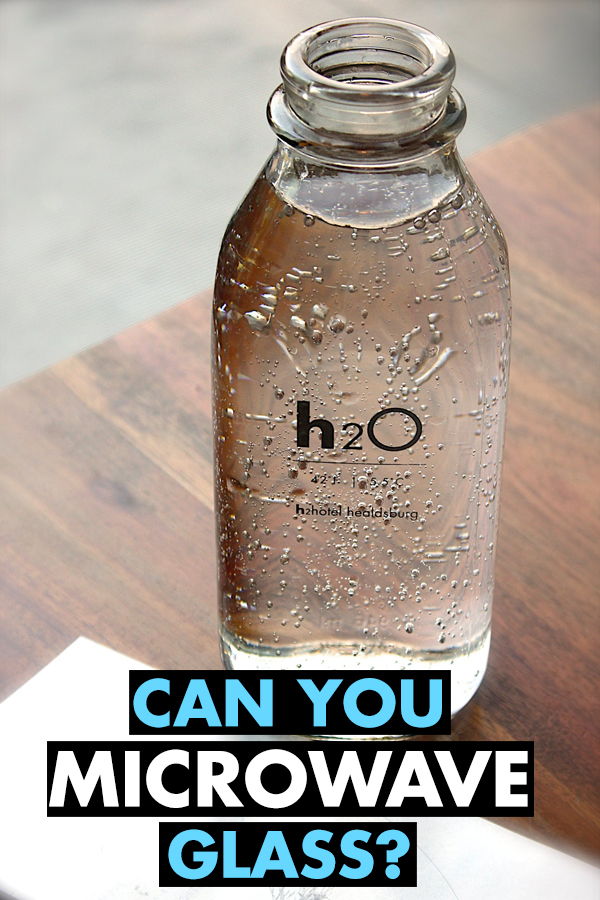
So Which Types of Glass Are Best for Microwaving?
Before we get into it, however, let’s take a look at what Glass is.
Glass is an extremely hard material which is usually transparent or translucent in color. It’s also very brittle in nature. The process of making glass is quite captivating. The material is made from sand (or more specifically silicon dioxide). The sand is heated at extremely high temperatures until it melts, usually around the 1700 degrees’ Celsius nark and turns into a liquid. The liquid ‘glass’ is blown and molded into varying shapes and thicknesses which cool to form the crystalline structure that’s used for so many tasks in today’s modern world.
Glass can be found in many aspects of our daily lives. From forming windows and doors in our homes, to performing as storage containers for a variety of objects. Not only is inexpensive to make, fairly heat resistant and chemically inert (it doesn’t react with the things you put inside it), but it can be recycled over and over and over again.
Should You Microwave Glass Containers?
So we have established that glass can indeed be microwaved, but with some considerations. We further note that even if glass containers do not have a microwave symbol (many older recycled formulations do not), then it may still be safe for microwaving.
Glasses are preferred over materials such as plastic because they don’t leach chemicals into food like plastics can. In addition, they do not melt or stick to foods like some plastics do.
It’s important to note, however, that glass, while generally safe for microwave use, can shatter when exposed to rapid temperature changes. This means that frozen or refrigerated glass should not be placed into the microwave. Instead, allow the glass to thaw for a few minutes to an hour. If you are strapped for time, you can run tap water over the container or place into a large bowl of room temperature water to defrost.
One must also be aware that some glass containers have stylized elements that might make microwaving them a bit risky. As such, be on the lookout for glass containers that have metal rimmed or painted elements. Metal elements can cause sparks that could damage the microwave. In addition, some glass products can be extremely thin, making them fragile. As a best practice, if it looks really thin or feels fragile, do not microwave.
So What’s the Verdict on Microwaving Glass?
Consider the type of glass before you microwave.
Science suggests that borosilicate glass is the best option for food storage because of its durability and heat-resistance.
Alternately, tempered glass is another popular option for food containers. Tempered glass is also very resistant to cracking and breaking, making it generally microwave friendly.
We recommend glass as a top container for food storage because of several factors. One of these is the fact that food inside a glass container maintains its nutritional value and freshness for a longer period when compared to other materials.
Glass helps maintain temperatures (both hot and cold) and is impermeable and impenetrable barrier against moisture and oxygen, which ensures that food, keeps its freshness, aroma, and flavor longer.
In addition, from a hygiene point of view, glass is one of the easiest materials to sterilize and clean. It doesn’t stain and it doesn’t hold on to odors like other materials do.
All in all, glass is a top contender for food storage and microwaving.
